There’s something enchanting about entering a workshop where centuries-old methods continue to thrive. These rare spaces aren’t just workshops — they’re places where master artisans share their expertise with anyone willing to learn. They’re not museums or tourist sites, but living communities where old skills live on by being taught with diligence.
Following is a list of 16 villages in which traditional crafts are taught directly by master artisans who’ve dedicated their lives to mastering their craft.
Murano, Italy
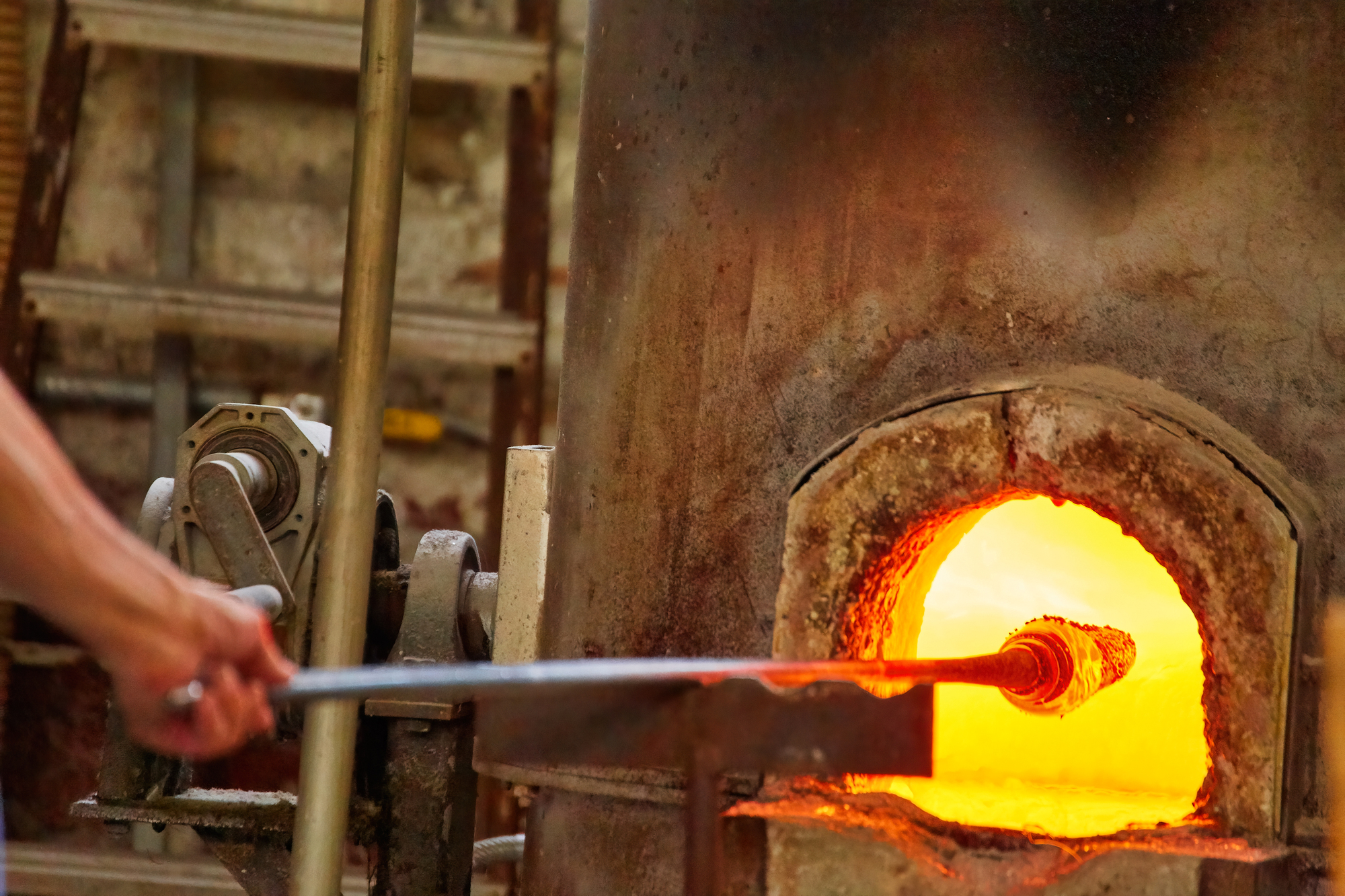
This small island near Venice has been the epicenter of glassblowing for over 700 years. Master glassblowers here welcome students into their workshops, teaching the delicate art of shaping molten glass into intricate sculptures and vessels.
You’ll learn why timing is everything when working with material that’s hotter than lava.
Deruta, Italy
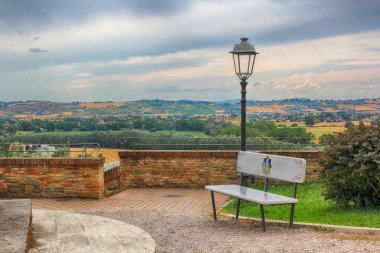
Perched on a hilltop in Umbria, Deruta has been producing magnificent ceramics since the Middle Ages. The master potters here are famous for their vibrant majolica glazes and willingly share their color secrets with dedicated students.
Each family workshop has its own closely guarded techniques passed down through generations.
Like Travel Pug’s content? Follow us on MSN.
Kutch, India
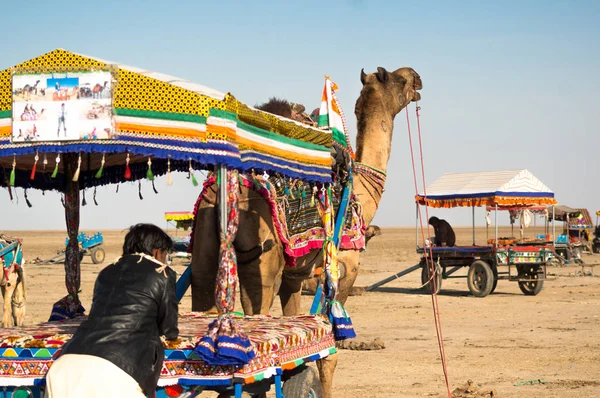
The artisans of Gujarat’s Kutch region create some of the world’s most intricate embroidered textiles. Master embroiderers teach students how to make mirror work so fine it looks like captured starlight.
The geometric patterns they create tell stories that have been woven into fabric for centuries.
Oaxaca, Mexico

The weavers of this Mexican state continue traditions that predate the Spanish conquest. Master textile artists teach students to use natural dyes made from insects and plants, creating colors that seem to glow from within.
The backstrap loom techniques they share have remained unchanged for centuries.
Isfahan, Iran

Known as the carpet capital of the world, Isfahan produces rugs so fine they’re considered works of art. Master weavers here teach students to tie knots so tiny that a single square inch can contain over 1,000 of them.
A large carpet can take several years to complete using these traditional methods.
Like Travel Pug’s content? Follow us on MSN.
Jingdezhen, China

Called the ‘Porcelain Capital,’ this city has been producing fine ceramics for over 1,700 years. Master potters here invented techniques that the rest of the world spent centuries trying to replicate.
Students learn why the local clay is so special and how to achieve the translucent quality that makes Jingdezhen porcelain legendary.
Ubud, Bali

The wood carvers of Ubud transform simple blocks of timber into intricate sculptures that seem to come alive. Master carvers teach students to read the grain of the wood like a map, following its natural patterns to create flowing, organic forms.
The spiritual aspect of the craft is just as important as the technical skills.
Talavera de la Reina, Spain

This town has been producing distinctive blue and white ceramics since the 16th century. Master potters here guard their glazing secrets carefully but generously share their throwing techniques with serious students.
The clay from this region has unique properties that make it perfect for creating the town’s signature pottery.
Like Travel Pug’s content? Follow us on MSN.
Kumamoto, Japan

The sword makers of Kumamoto continue a tradition that reaches back to the samurai era. Master metalworkers teach students the ancient art of folding steel thousands of times to create blades of exceptional strength and beauty.
Even though the swords are now ceremonial, the techniques remain unchanged.
Rajasthan, India
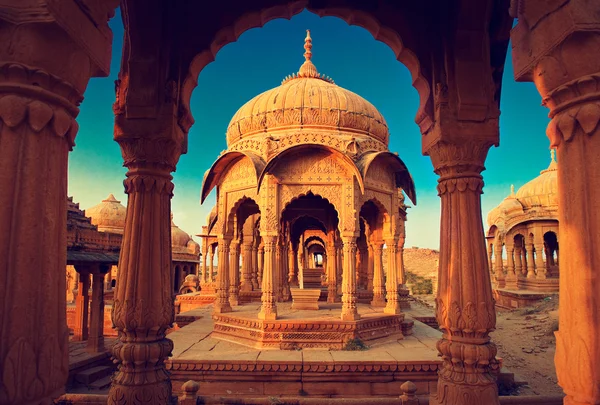
The block printers of Rajasthan create textiles using wooden stamps carved with intricate designs. Master printers teach students how to align hundreds of individual impressions to create seamless patterns across yards of fabric.
The precision required is mind-boggling—a single misplaced block ruins the entire piece.
Cusco, Peru
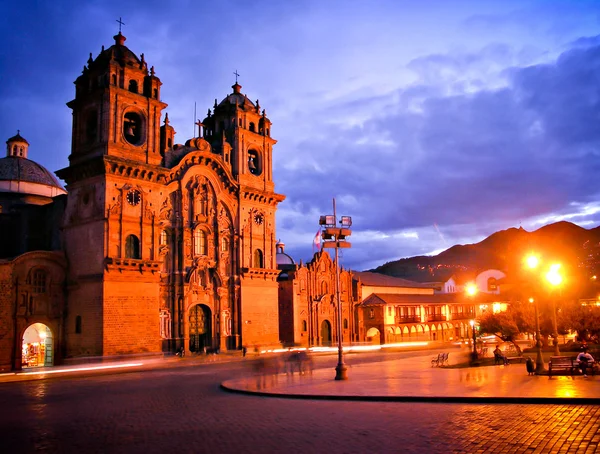
High in the Andes, Quechua weavers maintain textile traditions that stretch back to the Inca empire. Master weavers teach students to spin alpaca fiber into yarn so fine it feels like silk, then weave it into patterns that encode ancient stories.
The natural dyes they use come from plants that grow only at these high altitudes.
Like Travel Pug’s content? Follow us on MSN.
Kyoto, Japan

The kimono makers of Kyoto represent the pinnacle of textile artistry. Master craftspeople teach students the painstaking process of creating these elaborate garments, which can take years to complete.
Every step, from dyeing the silk to hand-stitching the final seams, requires absolute perfection.
Venice, Italy
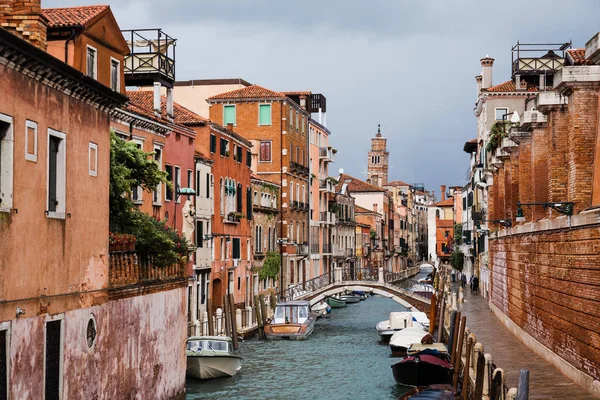
The mask makers of Venice keep alive a tradition tied to the city’s famous carnival. Master artisans teach students to shape papier-mâché and leather into elaborate disguises, then decorate them with gold leaf and precious stones.
Each mask tells a story from Venetian history or the commedia dell’arte tradition.
Seto, Japan

This pottery town, located near Nagoya, has been producing ceramics for over 1,000 years. Master potters here developed glazing techniques that create surfaces resembling jade and other precious stones.
Students learn why the local clay and firing methods produce effects that can’t be replicated anywhere else.
Like Travel Pug’s content? Follow us on MSN.
Chiang Mai, Thailand

The umbrella makers of Bo Sang village near Chiang Mai create paper parasols that are both functional and beautiful. Master craftspeople teach students to stretch mulberry paper over bamboo frames, then hand-paint designs inspired by Thai nature and mythology.
Each umbrella takes several days to complete from start to finish.
Wenzhou, China
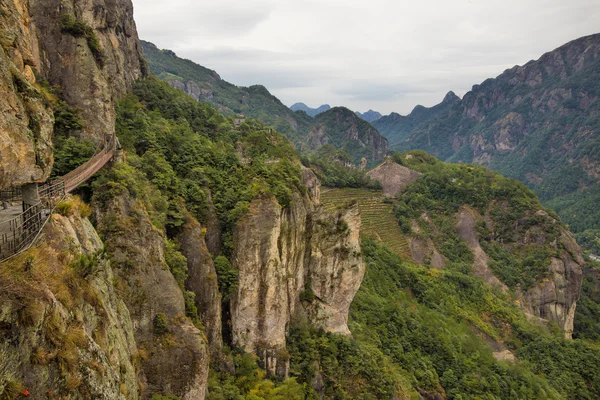
The paper cutting masters of Wenzhou create intricate designs using nothing but scissors and colored paper. Students learn to fold paper in complex ways, then make single cuts that unfold into elaborate patterns.
The skill level required is extraordinary—master cutters can create designs so detailed they look like lace.
Where Ancient Wisdom Meets Modern Hands
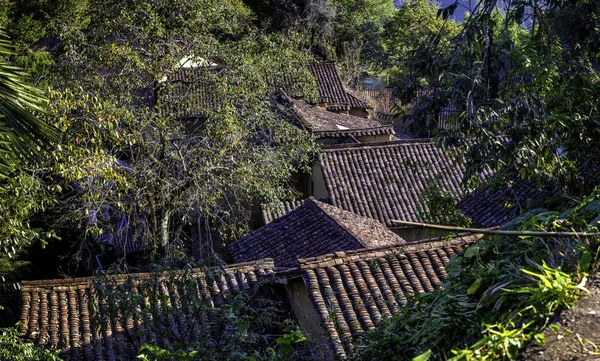
These traditional craft villages represent something precious that our fast-paced world has almost lost. The masters who teach in these places aren’t just preserving old techniques—they’re ensuring that human creativity and skill continue to flourish in an age of mass production.
When you learn from them, you become part of an unbroken chain stretching back centuries, carrying forward knowledge that connects us to our shared human heritage. The hands-on wisdom they offer reminds us that some things simply can’t be replicated by machines.
Like Travel Pug’s content? Follow us on MSN.
More from Travel Pug

- 20 Best Beach Towns in the Carolinas
- 13 Destinations Where Tourists Regularly Regret Their Trip
- 20 Things You Actually Get in First Class
- 20 Small Airports With Aviation Museums
- 20 Places in the U.S. That Are Perfect for a Reset Trip
Like Travel Pug’s content? Follow us on MSN.
